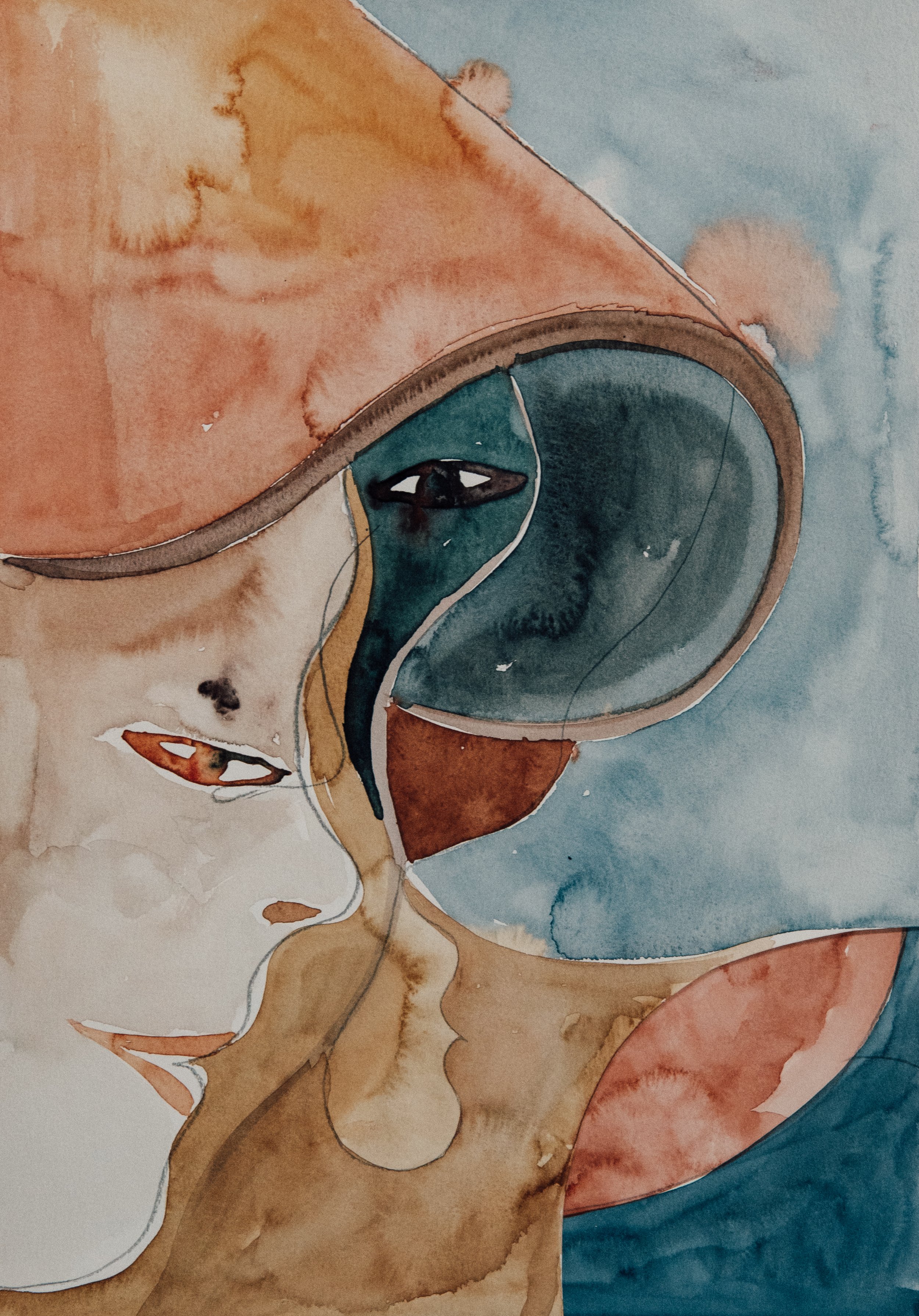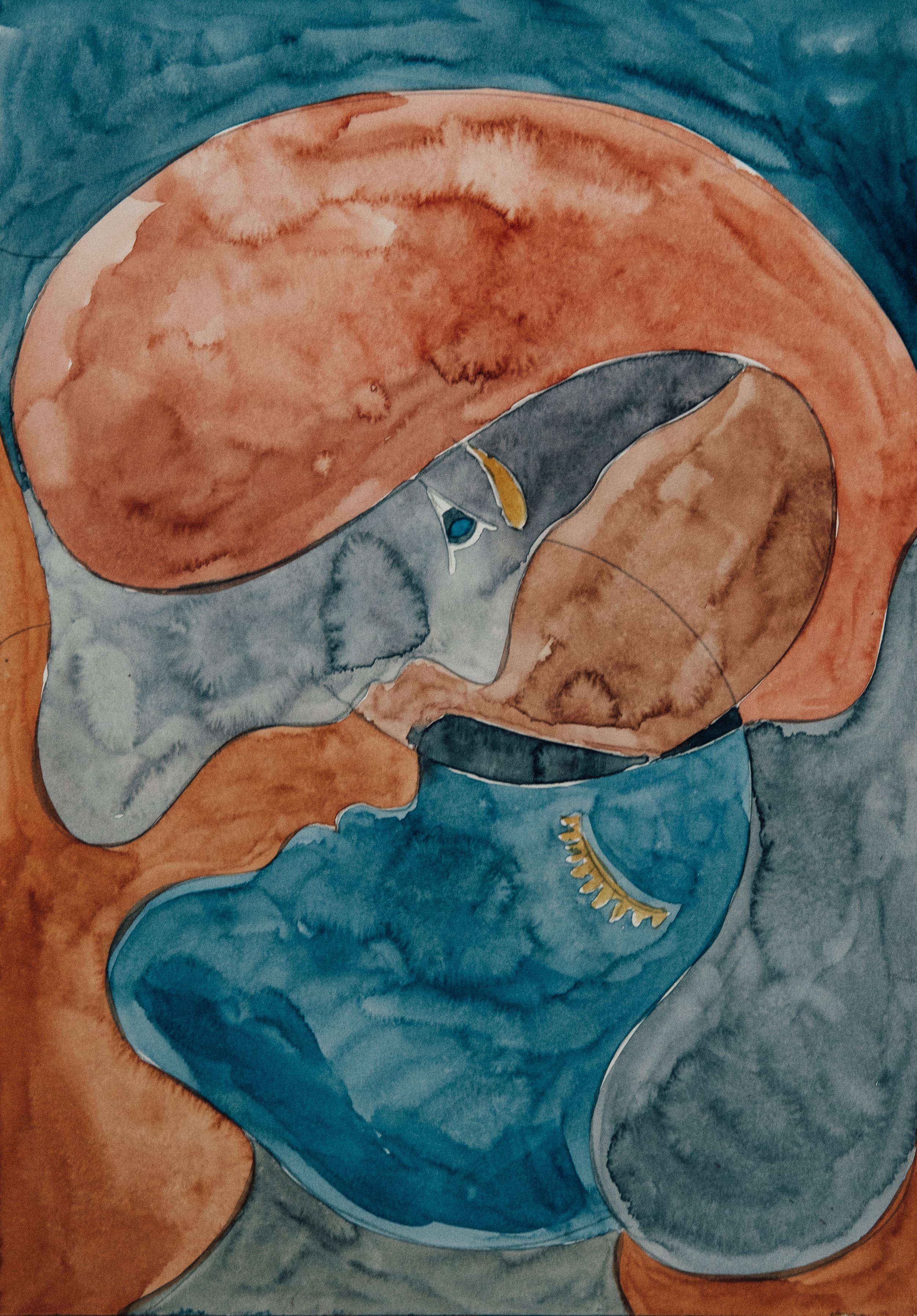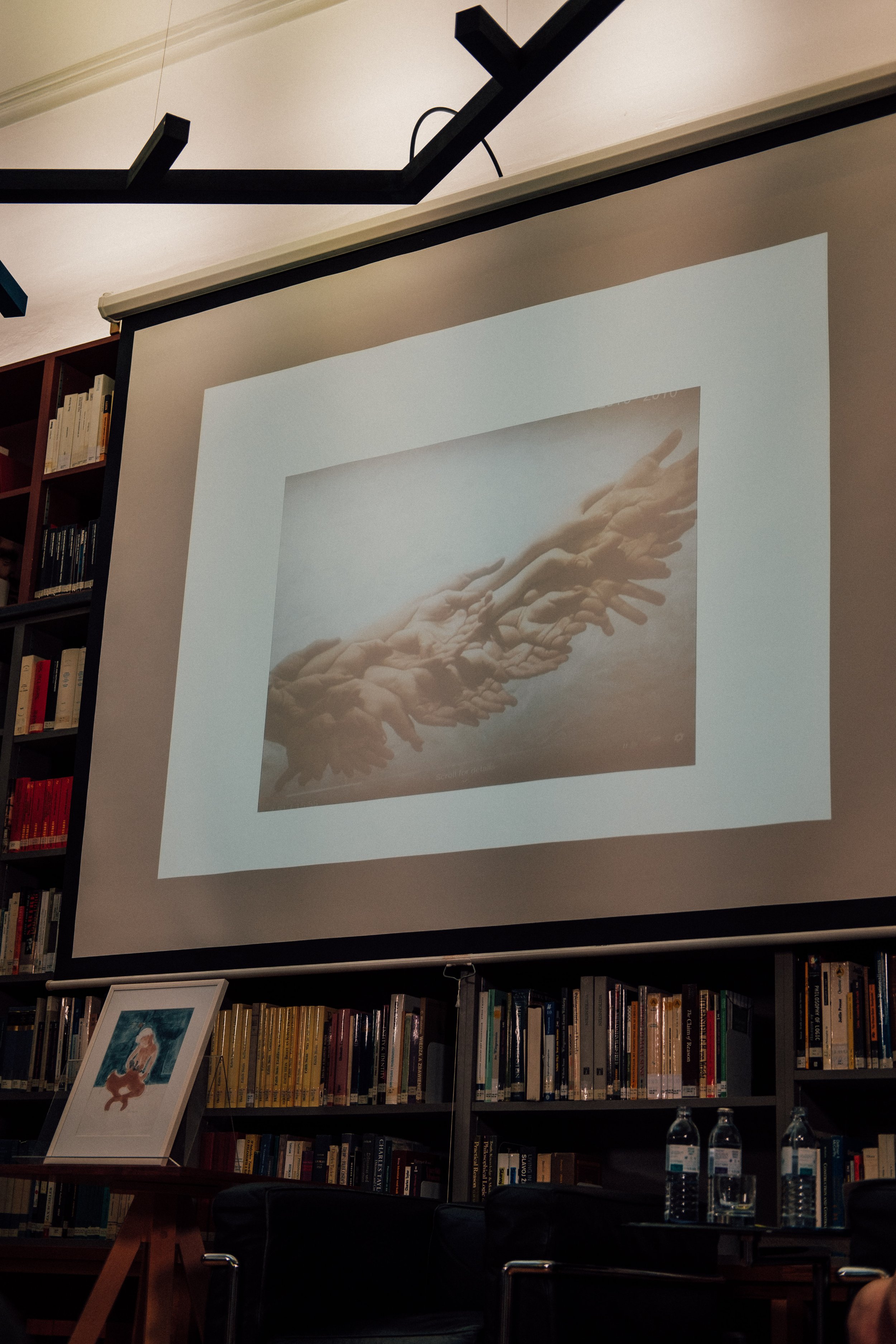
Sisters behind the Iron Curtain: Sarah and Hagar Story Across Time
A moment at the Society of Biblical Literature conference in San Antonio became a turning point in my understanding of how we interpret biblical narratives. As scholars discussed concepts of white privilege with absolute certainty, I found myself wondering if any of them had experienced being a "privileged white woman" in 1980s Czechoslovakia. This disconnect revealed a crucial gap in biblical scholarship – one that bridges ancient texts with the lived experiences of women under state socialism.

The Two Sarahs
What happens when a victim gains power? When someone who has been oppressed finally gets a chance to be in control? Today, I invite you to explore the story of Sarah from the book of Genesis - a narrative that illuminates a persistent pattern in human relationships: how victims of oppression can become oppressors themselves, especially when they are facing systemic oppression, such as, for example, women. Sarah's tale is both deeply personal and universally relevant, demonstrating how power transforms those who hold it, and how the experience of victimhood can shape decisions when positions of authority are attained.

Putting on Sarah’s Skin: Exploring Victimhood in the Bible and Beyond
When we think of biblical stories, we often imagine clear-cut heroes and villains. But what if I told you that one of the most famous women in the Bible - Sarah, wife of Abraham - embodies both victim and oppressor?

Sacrifice and the Body beyond Metaphysics
This workshop examined the concept of sacrifice and its relationship to the body from the perspectives of philosophy, theology, and gender studies. The event was opened by a lecture by Yvonne Sherwood titled “Sacrifice and Natality: Surrogacy Structures.” Video available inside.

Sarah’s Sacrifice
I presented my paper titled "Sarah's Sacrifice" at the international conference "Female Corporeality and Religion," organized by the Faculty of Theology at KU Leuven, Belgium. The title was intentionally ambiguous, and during my presentation, I engaged the audience with a thought-provoking question: Is Sarah the victim or the sacrificer? For those curious to know the answer, I invite you to watch the video of my presentation.